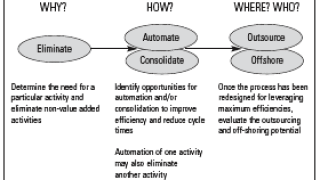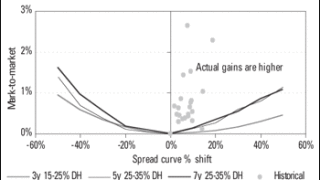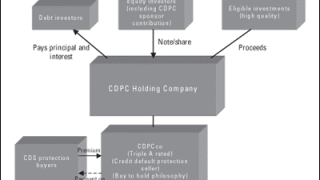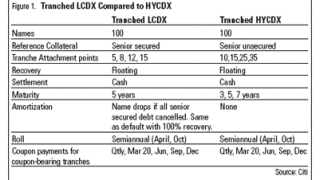Learning Curve
-
Nowadays many International Swaps and Derivatives Association Master Agreements are loan-linked whether the loans are on a bilateral, club or syndicated basis.
-
The financial markets have been in a crisis since the summer of 2007 due to housing price declines and higher interest rates, causing defaults on sub-prime mortgages.
-
Constant proportion debt obligation mechanics are important in the current environment.
-
A combination of factors has presented severe and on-going operational challenges across the life-cycle of the credit derivatives processing (see Figure 1 for depiction of the credit derivatives processing life-cycle).
-
The well-publicized exposure of U.S. financial guaranty insurance companies to losses from the repackaging of sub-prime mortgage loans into residential mortgage-backed securities, and the repackaging of BBB and lower-rated tranches of RMBS into asset-backed securities collateralized debt obligations, has caused concern about those insurers' financial ability to withstand losses from such exposure.
-
Long-term implied volatility on the Standard & Poor's 500 has risen sharply since the credit crisis hit last summer. As banks scramble to find sellers, investors stand to capture a rich risk premium in implied volatility.
-
Tight credit and an economic slowdown are likely to increase default rates this year.
-
Given the current turmoil in the financial markets, it is now more crucial than ever for dealers and hedge funds to consider the following six key points when negotiating International Swaps and Derivatives Association Master Agreements.
-
Credit derivative product companies have been described as highly rated, capital efficient and successful managers of diverse and complicated risk so why have so few made it to market?
-
The Markets in Financial Instruments Directive came into force across the European Economic Area on Nov. 1.
-
In December, there were both regulatory and legislative initiatives concerning tax issues related to prepaid forward contracts, a term used by tax professionals to characterize financial instruments in which an investor makes an upfront payment in exchange for either the future delivery of assets, or a cash payout determined by reference to the value of assets, or performance of an index or an investment strategy.
-
The first loss pieces of the two main non-investment-grade credit-default swap indexes, HYCDX and LCDX--the former based on bonds and the latter on loans--are attractive even for buy-and-hold investors.





